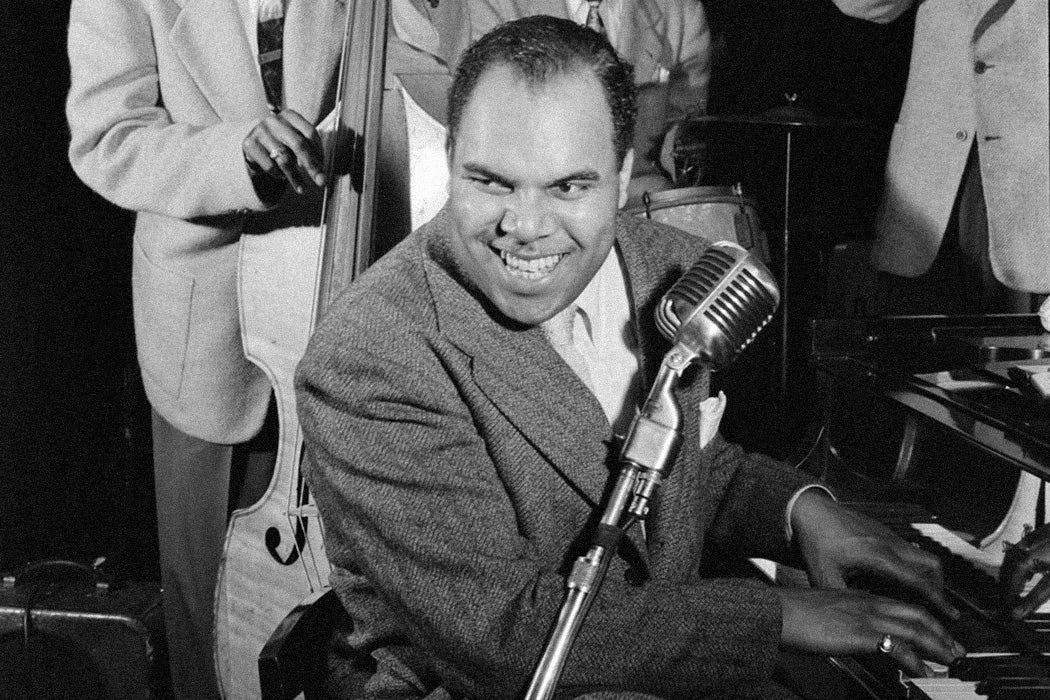Having a hand in the careers of entertainers like Lena Horne, Dorothy Dandridge, Frank Sinatra, and Marilyn Monroe, the composer, arranger, and musician Phil Moore was also a huge part of crafting the sound of Hollywood. “I don’t manufacture talent,” he told Ebony magazine. “I merely help it along and encourage it to express itself.”
Moore did much of his work behind the scenes, so his name isn’t as well known as some of the work he left behind. But as ethnomusicologist Ronda L. Sewald writes, “it was ultimately his wide-ranging skill set that allowed him to succeed musically and overcome the color barriers faced by Black musicians attempting to break into mainstream Hollywood at that time.”
Moore was born in Portland, Oregon, on February 20, 1917. His father, George, was a prominent figure in the city’s Black community, though maybe not in the traditional sense. As Sewald explains, George “built his fortune running fighting and gambling rings,” eventually co-owning and managing a hotel. Though the hotel caused a stir for being “disreputable,” as Sewald points out, it was “the only housing available to black visitors to Portland including railroad porters and entertainers.” At eight, Phil learned to tune and repair pianos. He also spent time taking lessons with a prominent local teacher.
He headed to Seattle in 1930, graduating from high school at age thirteen. By that time, his father had lost the hotel and their life savings, and the youngest Moore needed to lend a hand. His musical background proved useful, and he found work in speakeasies and burlesque clubs as a house pianist. “The ladies all wanted to have a class act,” Moore explained. “So they would want to do Debussy and all kinds of fancy music to start out with […] I could read it, so therefore I got the job.”
After a well-timed move to Los Angeles in 1935 (“Hollywood was just beginning to experiment with jazz numbers performed by Black musicians in the late 1930s,” Sewald explains), Moore got his first film job working on the Marx Brothers’ A Day at the Races. MGM hired him as a rehearsal pianist in 1941—making him the first salaried Black musician to ever be hired by a major studio. He moved on to arranging and composing, though his influence wasn’t always acknowledged.
Weekly Newsletter
Much of Moore’s work was, as he put it, as “an official ghost, meaning one who did a hell of a lot of music sketching and arranging, but very rarely getting any credit.” Though his career seemed to be moving forward, he felt stuck. “For about three years,” Moore said, “they would not let me orchestrate any scores that needed violins and strings—just jazzy big band production numbers where we had to sound ‘hot.’ The thing was, I presume, how would a colored person know anything about strings and all that legit stuff?”
He left MGM for New York to become the first Black talent director at CBS Radio and began working as a highly in-demand vocal coach in the 1960s. His coaching talents transformed the careers of a who’s-who of Hollywood. Of his talent, Moore told Ebony, “I think I have a knack of making people develop confidence in themselves by realizing what they have.”







